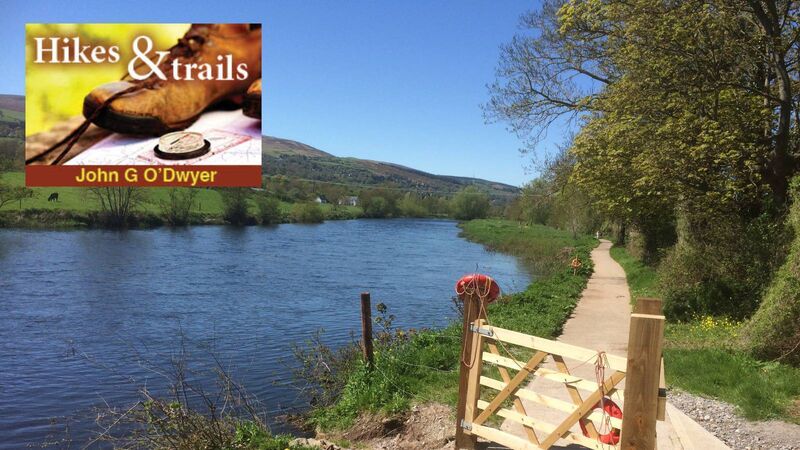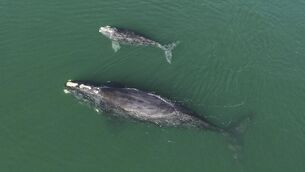Popular blueway's links to river-trading, the GAA, and an 'American invasion'

Tipperary Blueway — after seven years of planning and investment, a new 21-kilometre waterside walking and cycling trail was officially opened in 2019 by Olympic silver medallist John Treacy. Pictures: John G O'Dwyer
Water transport was by far the most efficient way to move bulky goods before the coming of railways. Navigable rivers were hugely important for commercial success, and so most of our cities are at the mouth of a major waterway. Waterford, located on the estuary of the Barrow, the Suir and the Nore, is one such city.
Excellent for exporting agricultural produce from the rich heartlands of Tipperary, Kilkenny and Carlow, the goods could be floated downriver to Waterford Port on barges moving with the current.








